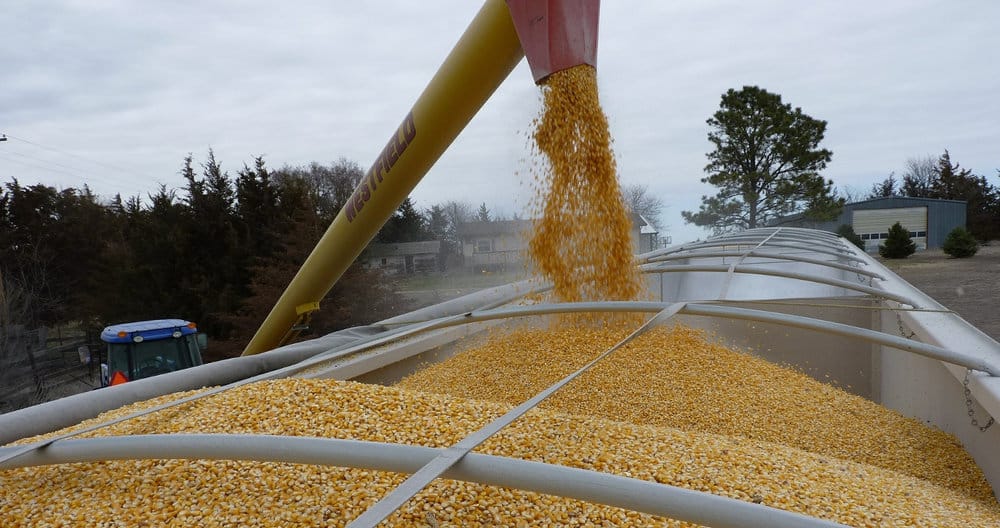
Weather, planting delays have resulted in capacity, rate and volume swings
To farmers, the weather can be their friend. It can also be their foe. Too much rain. Not enough rain. Too much sun. Not enough sun. You get the picture.
Weather is to farmers like diesel fuel is to truckers. As costly as it may be, without it, work doesn’t get done. Weather, though, is also a critical eliminate for truckers and trucking companies that haul agricultural products. Trucking operations that move the nation’s grain, wheat, produce and other bulk agricultural products are equally impacted by the weather. If a crop is late arriving, trucks sit idle. If there is too much or too little volume, shipping rates are moving like a porch swing on a windy day.
This type of volatility in weather and rates can impact trucking operations in other modes as well. For instance, the extremely wet winter in California delayed the planting of produce, leading some refrigerated haulers to shift trailer capacity to the dry van market in the area and in the process pulling loads from dry van carriers and helping keeping rates soft.
Many people picture long freight trains moving the nation’s grain, with hundreds of grain hoppers moving tons of the product. But, despite this image, the majority of agricultural products still move on trucks. According to a 2016 report from the USDA’s Grain Transportation Report, trucks carry 70% of the agricultural and food products, alcohols, fertilizers, lumber, wood products, paper, pulp and paperboard articles. In 2013, 65% of all U.S. grain was moved by truck – 78% of the domestic grain and 20% of export grain.
